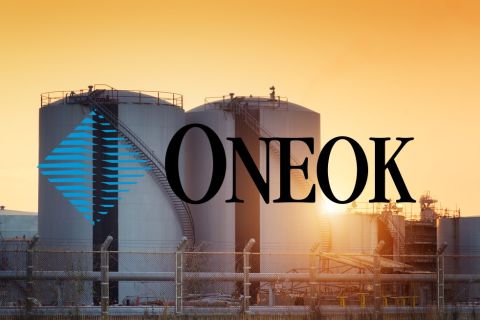Trends show U.S. gas production on a steady decline, despite a nearly all-out push by E&P companies in recent months to respond to high commodity prices by drilling more wells. Since 2003 the active gas-rig count has gone up more than 30%, according to a November research report by Raymond James & Associates. That means the industry is using virtually every available onshore rig to drill for gas. Drilling efficiency gains have also made it possible to recover more gas. Even so, the net effect of all this activity appears to have barely moved total U.S. production, after considering existing-well declines. According to Raymond James' research, U.S. publicly traded oil and gas companies showed a 5.4% year-on-year production decline during the third quarter. That number includes the effect of shut-ins due to hurricanes Katrina, Rita and Wilma. When adjustments are made to account for the storms, production still nudged downward by 0.3%. This was an improvement from the 1.2% year-on-year decline during the second quarter. The majors and integrated gas companies are showing the biggest decline in gas production, and they produce 20% of total U.S. gas supply. In October, however, BP announced it would spend up to $2.2 billion more on drilling tight-gas wells in Wyoming's Wamsutter Field during the next five years, seeking to double its gas output from its acreage there. For more on this, see the January issue of Oil and Gas Investor. For a subscription, call 713-993-9325, ext. 129.
Recommended Reading
ONEOK CEO: ‘Huge Competitive Advantage’ to Upping Permian NGL Capacity
2024-03-27 - ONEOK is getting deeper into refined products and adding new crude pipelines through an $18.8 billion acquisition of Magellan Midstream. But the Tulsa company aims to capitalize on NGL output growth with expansion projects in the Permian and Rockies.
Antero Midstream Buys Summit Midstream Assets in $70M Deal
2024-05-03 - The deal by Antero Midstream strengthens Antero Resources’ gathering and compression in Marcellus Shale.
Tivoli Midstream Buys Southeast Texas Coast Infrastructure
2024-04-29 - Tivoli Midstream acquired the Chocolate Bayou from Ascend Performance Materials, including storage and land for development.
Enterprise Buys Assets from Occidental’s Western Midstream
2024-02-22 - Enterprise bought Western’s 20% interest in Whitethorn and Western’s 25% interest in two NGL fractionators located in Mont Belvieu, Texas.
As ONEOK Digests Magellan, Sets Stage for More NGL Growth in 2024
2024-02-28 - ONEOK is continuing the integration of its newly acquired Magellan assets in 2024 as the company keeps an eye out for M&A opportunities and awaits regulatory approvals for certain projects.





